In the Neopalatial period, the peak of Minoan civilization ranged from 2000-1450 BC. During this time, the Minoans formed larger societies and built larger structures, including their palaces. These palaces had impressive architecture, luxury items, and indicated the expansion of the Minoan civilization and trade routes (Marinatos 1993, 2-4). They were also likely centers of religious activities, and controlled many peak sanctuaries, or areas of deity worship atop mountain peaks. Here, we will examine Minoan religion in palaces and in peak sanctuaries during this time.
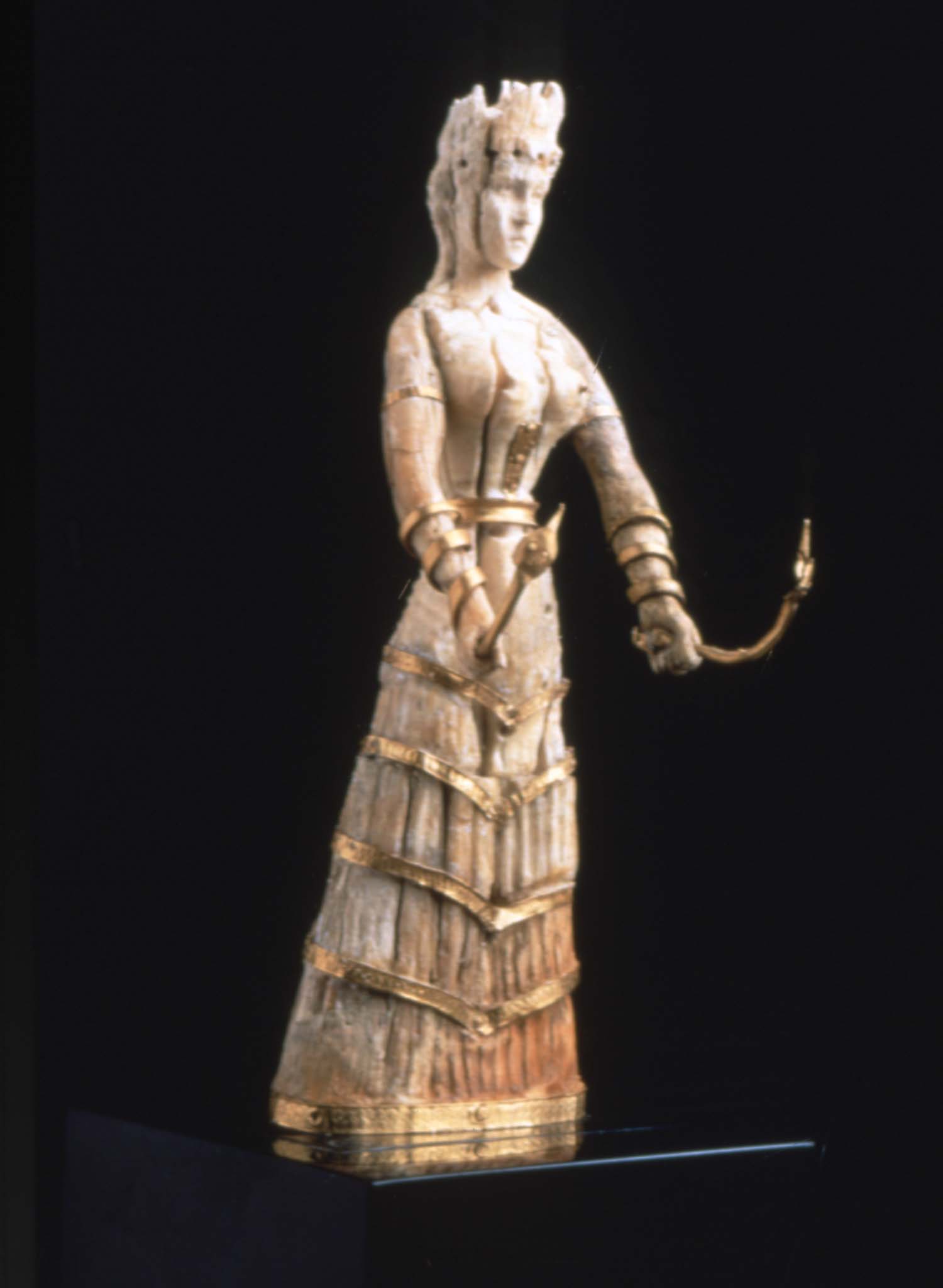
The chief deity of the Minoans was a powerful goddess, who over time likely took on many aspects, including possibly protecting seafarers or the household (Downing 1985). It is unknown whether there is one definitive goddess or multiple manifestations of her. Both Arthur Evans, an archaeologist known for his work excavating Minoan sites, and Martin Nilsson, a scholar of Greek religious systems, concluded that worship of a snake goddess was a Minoan domestic cult, although there is little to no evidence of goddess figures in private households for this era, and the snakes, shown on the figure here in her hands and wrapping around her arms, were only seen on a few figures (Marinatos 1993, 148). These figures, recovered at the palace of Knossos, indicate worship taking place there.
There is also a Minoan male god, who often appears as a younger man, depicted to be in control of or being worshipped by wild animals. There is also a male god figure depicted on rings found at Chania and at Knossos, shown to be protecting a town. From this we can conclude that the Minoans had at least two deities, one male and one female, each of whom may have had multiple iterations.
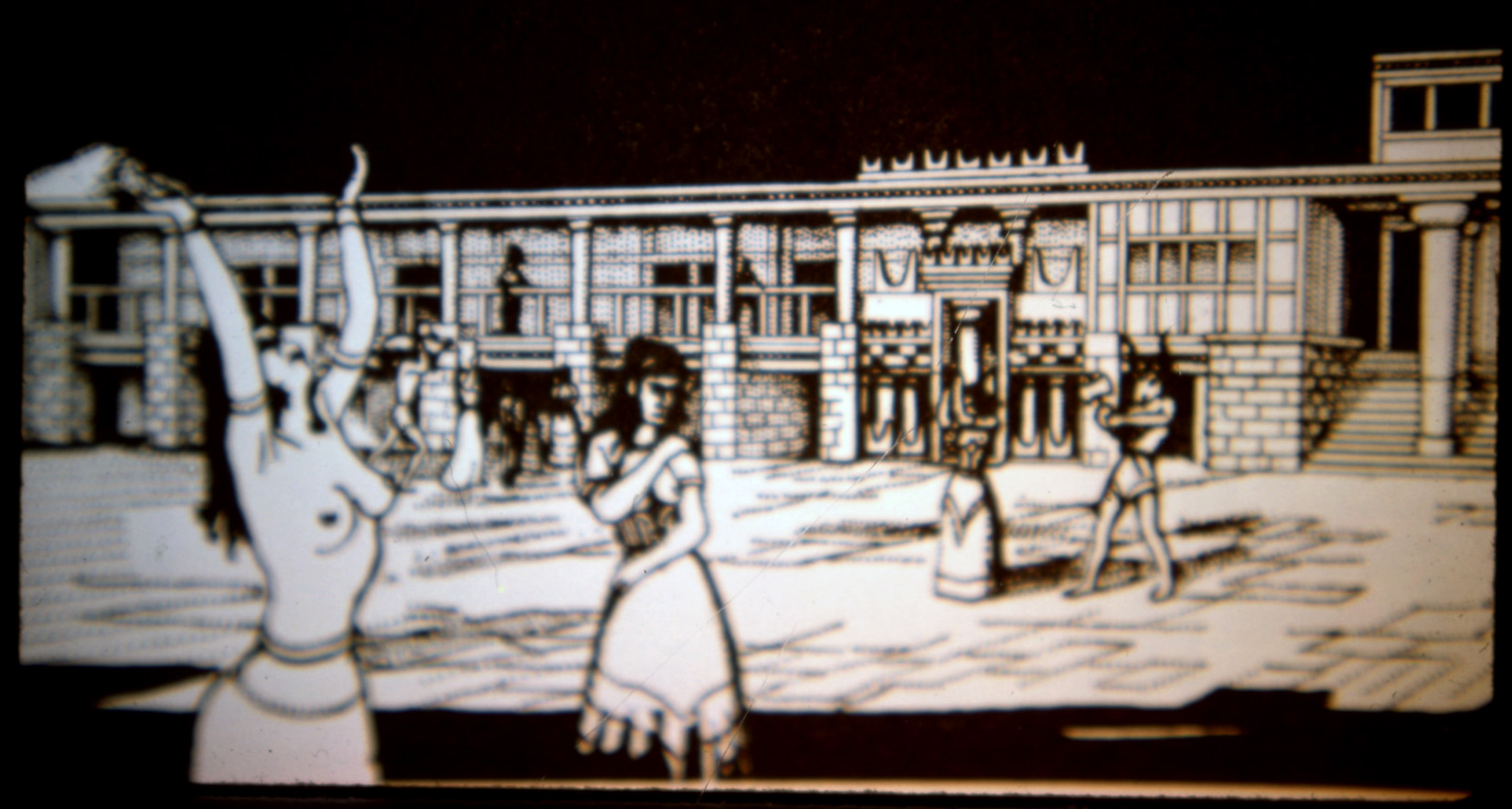
Religious practices in Minoan cities are closely tied to Minoan palaces, with both the palaces at Phaistos and at Malia having small shrines that opened out from the palace (Gesell 2004, 132). During the Palatial period, four main palaces have been excavated: Phaistos, Malia, Zakros, and Knossos. It could be argued that the Minoan palace were primarily cult centers, with secondary administrative or economic functions. Evidence for this includes the fact that despite the independence of the palaces from one another, they display great architectural uniformity and directional orientation, indicating possibly a standardized plan for the creation of religious spaces, and all of them have central courts possibly used for gatherings of ritual significance (Marinatos 1993, 40-45).
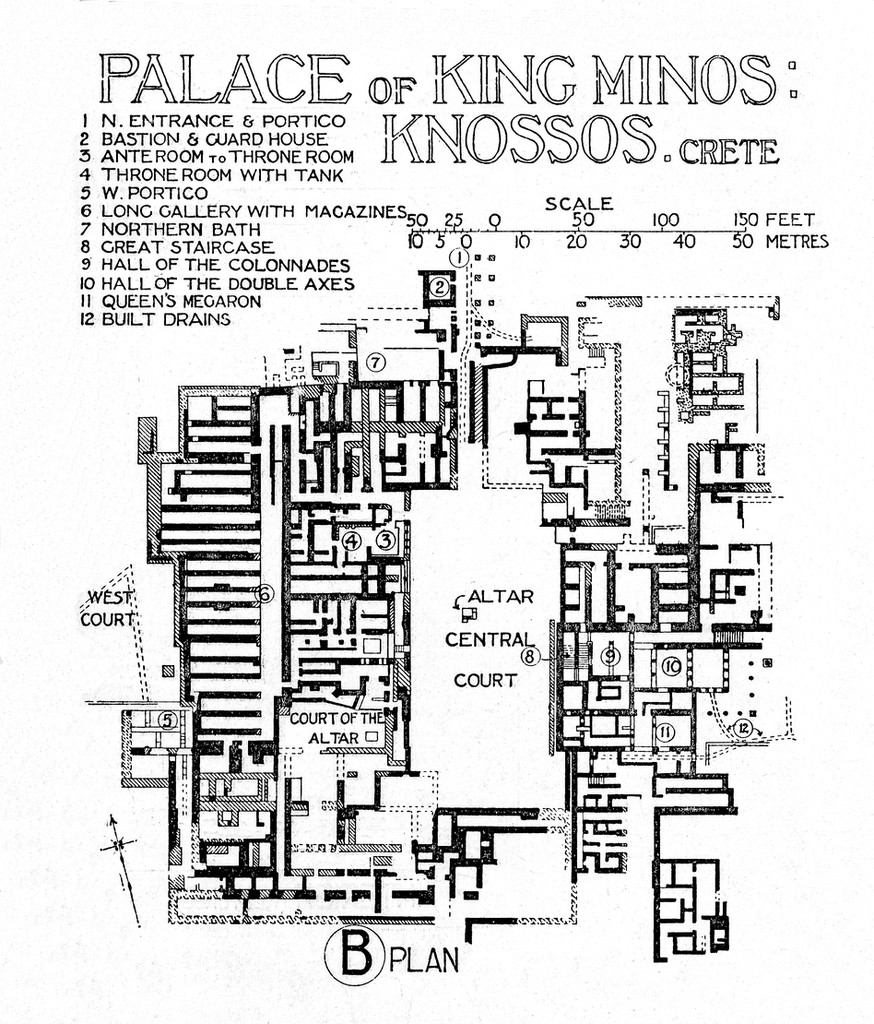

At all of the palaces except Zakros, there are raised pathways crossing the west courts going past the granaries, which indicates that the palaces were used as a storage place for the grain, and that ritual processions past the granaries were probably related to them, indicating a possible harvest or otherwise agricultural festival (Marinatos 1993, 46). The courts also contained stone platforms, upon which public authority figures could easily be seen by people attending the event.
The palaces also contained frescoes of a religious nature, notably the throne room fresco found at Knossos, which depicts the throne being flanked by griffins and palm trees. In Minoan iconography, griffins can appear with male gods or priests, but only ever flank female deities, indicating that the throne itself is possibly meant for the goddess or a priestess (Marinatos 1993, 54). The palms are sacred trees under which the goddess is depicted, and the frieze underneath this fresco shows incurved altars, which also have religious connotations (Galanakis, Tsitsa, Günkel-Maschek 2017).
Temple Repositories at Palace of Knossos
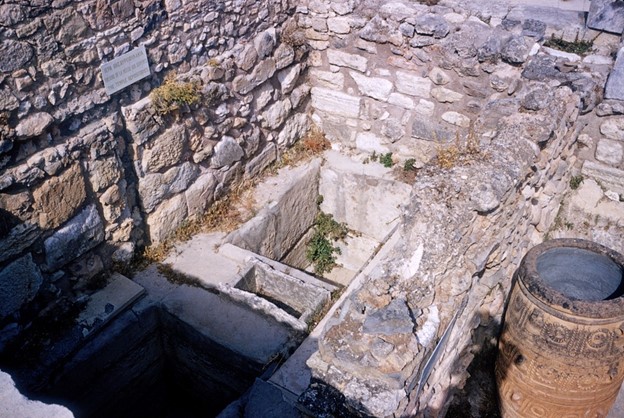
The Temple Repositories at Knossos were large cyst-like structures that were possibly used as storage or for religious practices. The types of objects found in these repositories include fragmented figurines, jars, as well as portions of a famous female figurine called the “Snake Goddess”.
Archeologists such as Eleni Hatzaki believe that this unique combination of objects could possibly have meaning towards cult practices. Hatzaki writes that the intentional fragmentation of the clay figurines could be a nod to human sacrifice, and the large quantity of seashells that were recovered imply that many individuals took part in this activity; each person bringing a shell and adding it to the repository at the temple.Hatzaki also explains a more sinister theory about the objects collected in these repositories. In her article, Structured Deposition as Ritual Action at Knossos, Hatzaki explains that this combination of expensive and valuable items could have been the palace/ temple’s ability to remove items from the trade circulation, therefore displaying the power held over society.
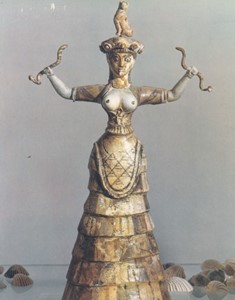
Elizabeth Acree '25, Maisie Arlotto '24